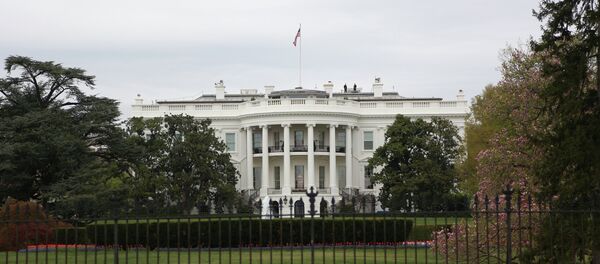“The federal budget deficit, which has fallen sharply during the past few years, is projected to hold steady relative to the size of the economy through 2018,” the Monday report stated. “Beyond that point, however, the gap between spending and revenues is projected to grow, further increasing federal debt relative to the size of the economy, which is already historically high.”
The CBO further reported that the US public deficit, which includes all federal debt held by individuals, corporations, state and local governments, and includes securities such as Treasury Bonds, reached 76 percent of GDP in 2014. That figure is also expected to increase in the years following 2018, the report stated, noting that “by 2025, in CBO’s baseline projections, federal debt rises to nearly 79 percent of GDP.”
The CBO linked rising deficits in the years following 2018 to the retirement costs of the baby-boom generation, expansion of federal subsidies for health insurance, increasing healthcare costs, and rising interests rates on existing federal debt.
Behind the Lower 2014 U.S. Federal Budget Deficit: A New Default: The U.S. Government’s fiscal deficit of $483… http://t.co/2GM42y3Eyr
— The Worden Report (@wordenreport) January 18, 2015
The short term growth in the US economy and related decline in the federal deficit over the coming three years is attributed to increases in hourly wages, rising wealth, and the recent decline in crude oil prices, the CBO reported.
US President Barack Obama will be sending his annual budget request to the Republican-controlled US Congress on February 2. The US House and Senate will be holding hearings this week to review the CBO projections.
The CBO was created by the US Congress to provide objective, nonpartisan economic analysis to aid Congress in budgetary decisions and legislation.



